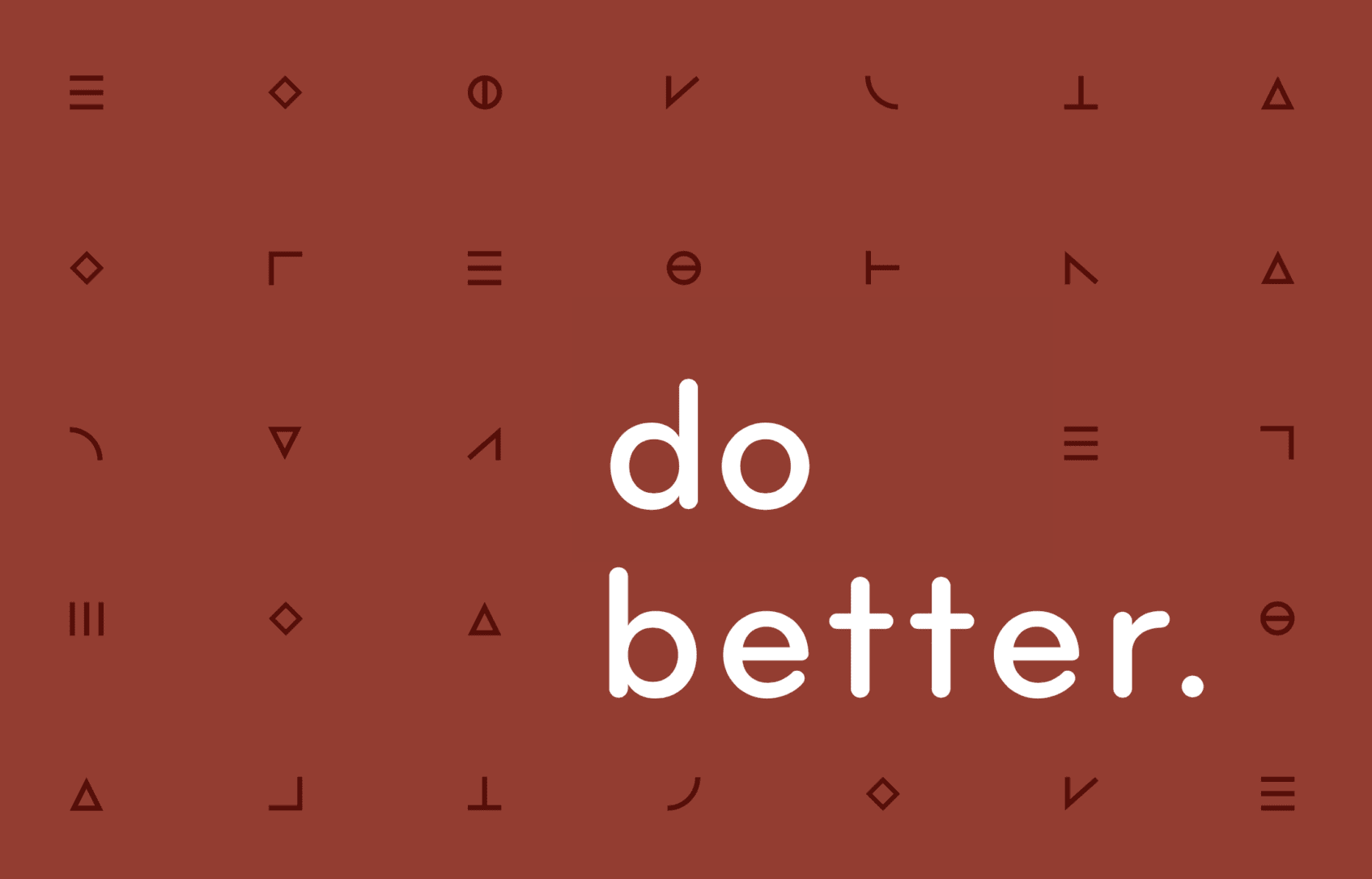
From the day Shelter opened its doors, we’ve sought to explore, research and implement sustainable design. We’re proud to further that founding principle as a signatory firm of the 2030 Challenge, an initiative of Architecture 2030 and the American Institute of Architects (AIA). We made this commitment last year. As a key piece of our participation, we’re creating a strategic plan for our company that focuses on reducing energy use and carbon emissions through our designs.
What is the 2030 Challenge?
The 2030 Challenge is a call to action designed to help architecture and design firms respond to climate change by reducing the energy use and carbon emissions of the built environment.
The ultimate goal of the challenge is to learn how to reach carbon-neutral energy use in every new building design and renovation by the year 2030. That means we’re seeking to learn, over the next decade, how to design buildings that operate without using any fossil fuels or greenhouse-gas-emitting energy. This reflects a huge change in the status quo. To meet such a goal will require us to think differently about every aspect of designing a building — from the materials used for construction to the form of the building itself.
How is Shelter stepping up to the challenge?
The first steps for us are measuring and learning. We firmly believe that “sustainable” design doesn’t have to equal expensive design. Part of the process is to implement as many passive design strategies into projects from the beginning as we can. Passive design can include orienting a building and/or placing windows to maximize or minimize the amount of heat that sunlight exposure generates inside the building. Such choices can reduce needs for auxiliary heating and cooling.
Another step is energy modeling. Software programs we use for drawing and designing allow us to predict how much energy a building will use. By comparing those predicted values to recent energy-use averages, we can better understand how to make design decisions that improve energy efficiency.
We’re only in the beginning stages of a new chapter in Shelter’s history. As we continue to learn and grow through our involvement in the 2030 Challenge, we’ll post updates highlighting our heightened efforts to contribute to a more sustainable future.
To get started on a sustainability-focused project, or to learn more about how your home or business can renovate to benefit the environment, contact us at 612-870-4081 or info@shelterarchitecture.com.
Related Posts
Waste not, want not: embracing material reuse in design
Thoughts from Shelter team member Jakob Mahla Is adaptive reuse the answer? It’s no secret that the buildings that surround…
Read moreSustainable design can serve your cannabis business
When budding cannabis entrepreneurs think green, they often have more than plants and profits in mind. As business owners prepare…
Read morePursuing petals: Shelter embraces the Living Building Challenge
Here’s to the belief that things must change. To using fewer resources. To creating fewer toxins. To nourishing our spirit…
Read more